The ocean is a wonderful place to photograph. Its constant moving and grooving makes it an endless playground to experiment with all kinds of long exposure effects. And it’s obvious why so many photographers love turning these crashing waves into silky ribbons of water, because it totally rocks! So wave hello to a new era in your photography, as we sea how it’s done.
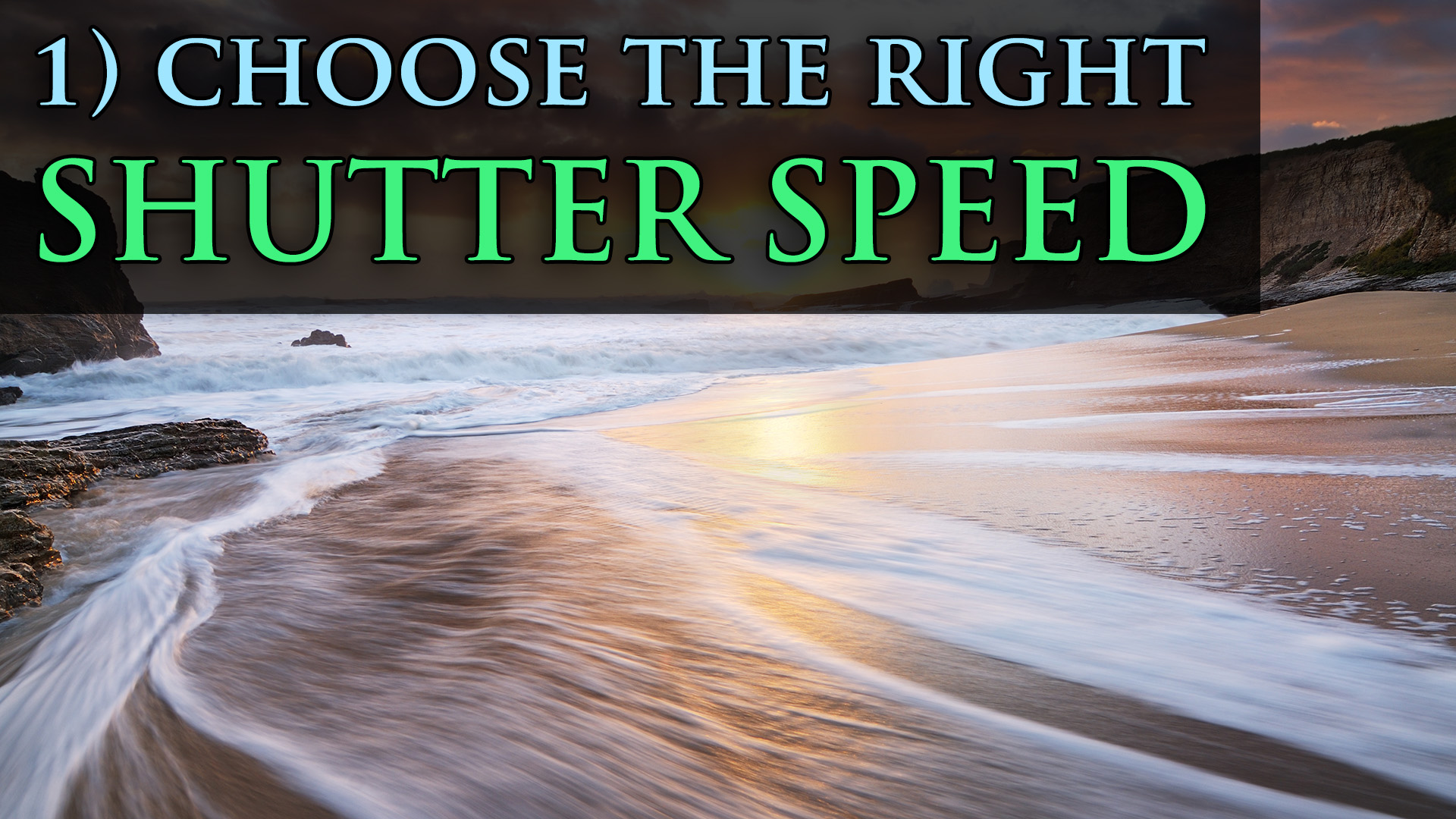
First, you want to use a shutter speed roughly in the 1/4 – 2 second range. With faster shutter speeds than that you won’t see enough motion in the water, and with slower shutter speeds you risk your water starting to enter “The Oatmeal Zone,” where it becomes an undefined, gloopy mess. That sweet spot between 1/4 and 2 seconds gives you a good amount of motion while still retaining detail and coherency in the water, which is vital for see strong streaks.
In order to achieve those desired shutter speeds you’ll either need to use an ND filter during the day, or shoot during sunrise and sunset when the light levels are low. In any case, be sure to use a tripod for sharp results.
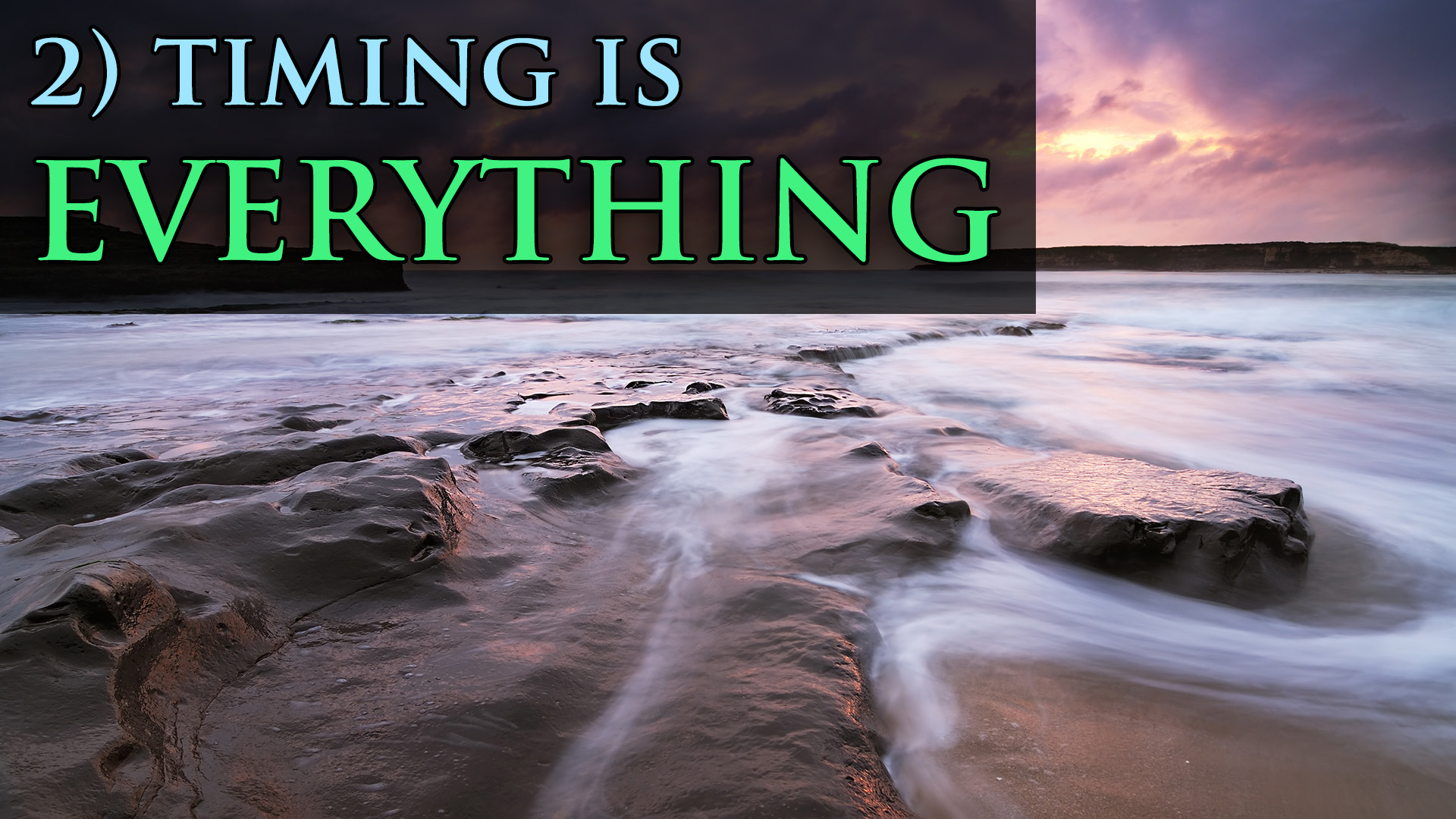
Next, the timing of when you actually trigger the shot is critical. Personally I find I get the best results when a wave has come up the beach, paused at the top, and is starting to flow back out. That’s when I trip the shutter for silky goodness. And definitely make sure you’re using a remote so that you can trigger the shot at just the right time without having to touch your camera.
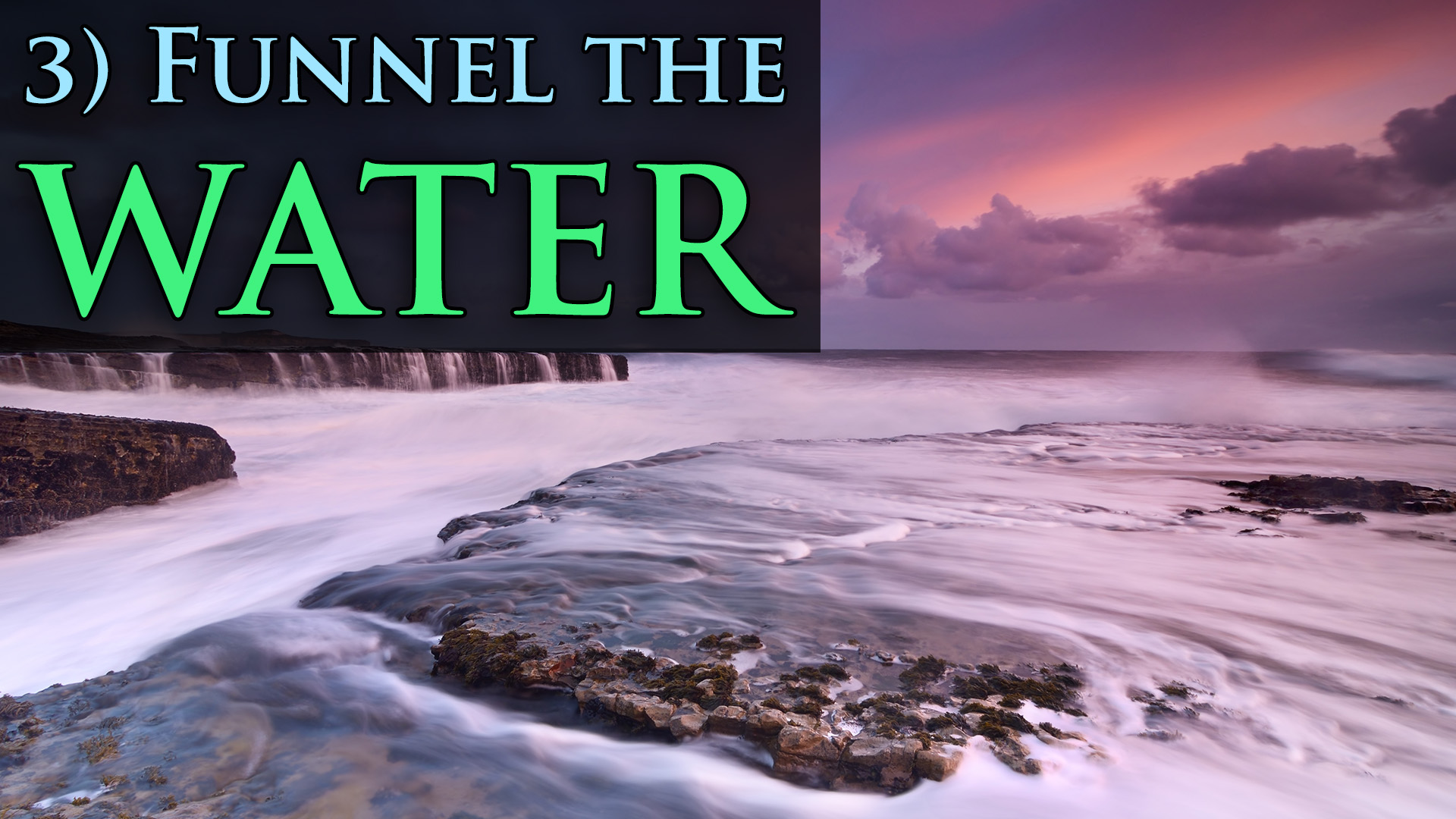
You’ll see the strongest possible streaks when the water your photographing is being funneled in some way. Whether it’s flowing around a rock, through a chute, or even around your own legs, when water is channeled in this way it gives the most dynamic look.
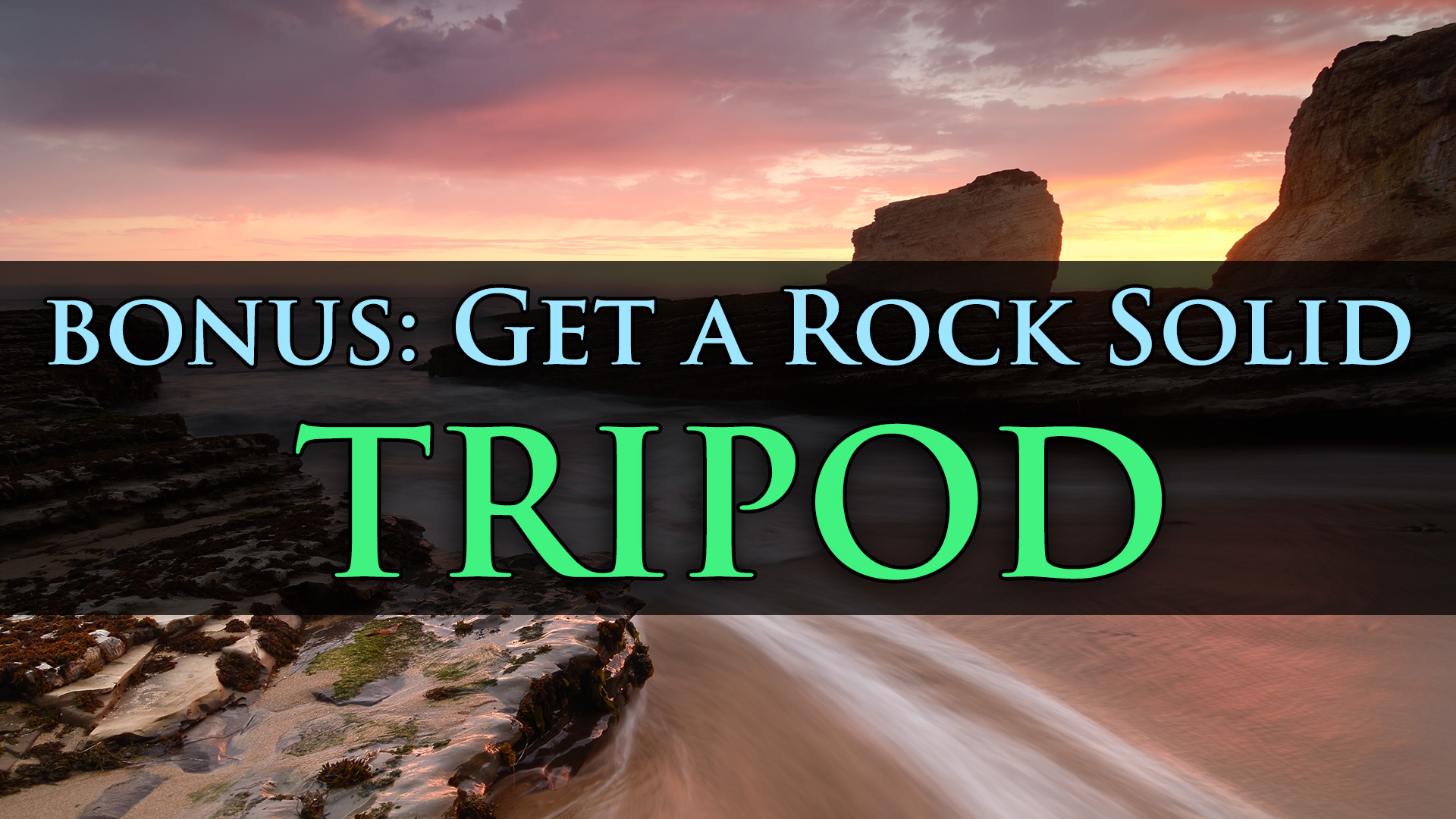
You may notice that your tripod has a tendency to sink when you’re shooting in the sand. In order to prevent this push your tripod legs 4-8 inches down into the wet sand and this will give you an amazingly stable platform for those long exposures.
And there you have it, the three simple steps you need to take to create those beautiful streaky wave shots, now get out there and practice!
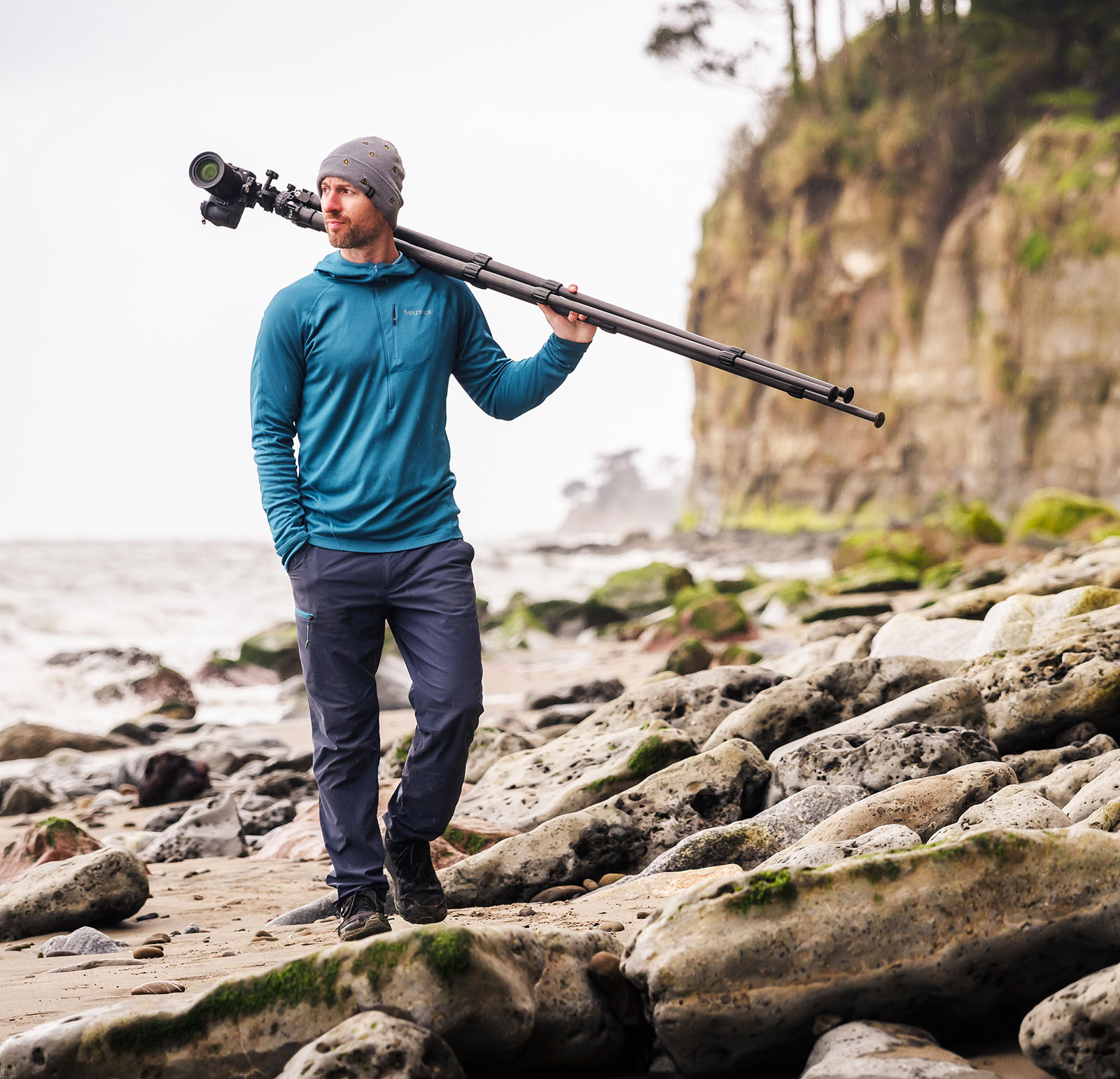

Joshua Cripps is a renowned landscape photographer who has garnered worldwide acclaim for his breathtaking images of our planet’s wild places. His photos have been published by the likes of National Geographic, NASA, CNN, BBC, and Nikon Global.
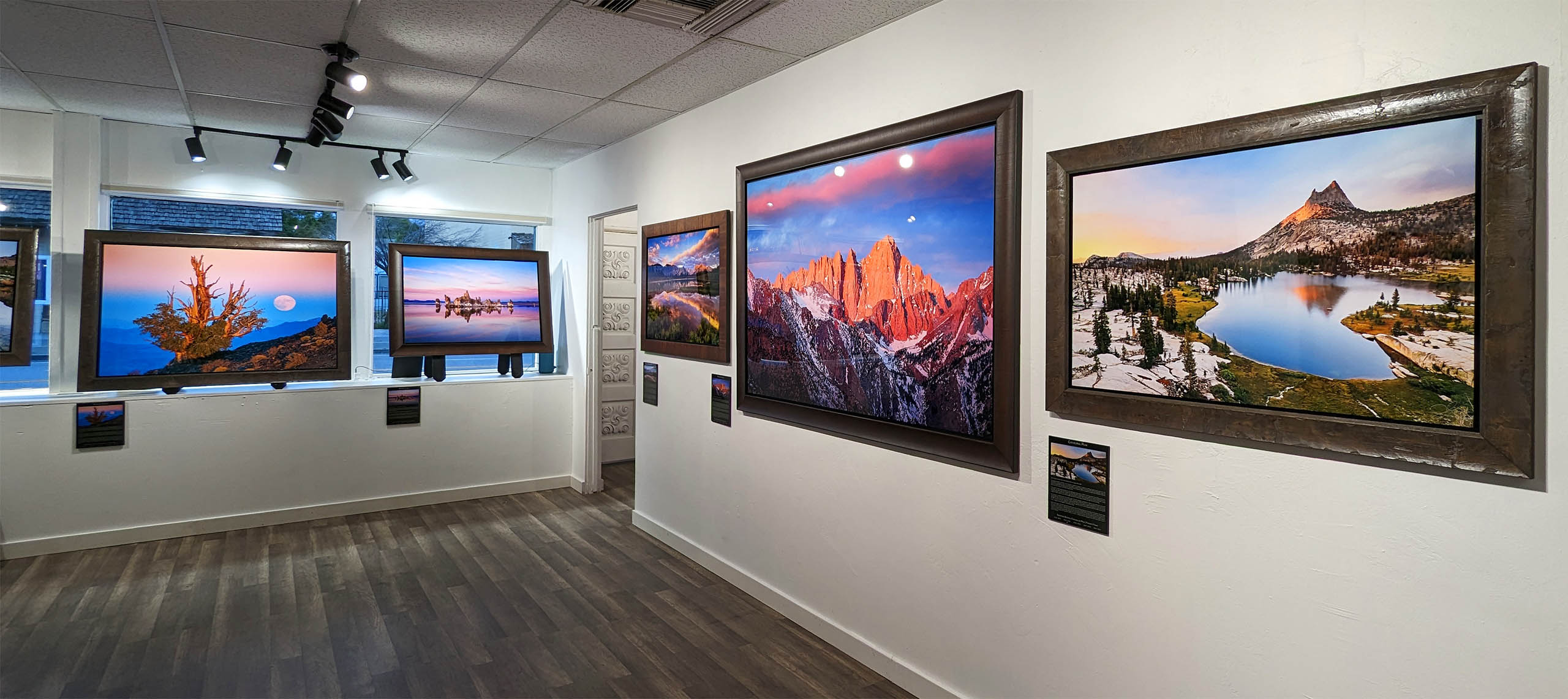
The Mt. Whitney Gallery was founded in 2023 by Joshua Cripps as a way to share his passion stunning landscapes of the Sierra Nevada and beyond.
Set at the foot of the breathtaking Sierra with a view of the range’s highest peaks, the gallery features large format, museum-caliber fine art prints of Josh’s signature photographs.
Course Login | Results Disclaimer | Terms and Conditions | Privacy Policy
© Copyright – Joshua Cripps Photography

6 Responses
Hello John,
What best all around ND stop do you recommend to get into that shutter speed zone for this kind of photos (during this time of the day)? I have a hard time to chose 😛
Thanks!
Hi Danilo,
Typically when shooting around sunset I find between 3-5 stops perfect to get these shutter speeds. If you are shooting earlier you might need a 6-stop or even a 10-stop. After sunset you shouldn’t need any filters at all.
Have fun!
Josh
Josh, thanks for adding those final sequences. They made me smile and nod, that’s real photography. 🙂
PS I like your video tutorials, they are helpful and funny which is a great combination.
Haha, yes indeed! Nothing EVER goes right when you want it to. 🙂
And thanks for the support; glad you’ve been enjoying the videos!
It seems so easy and than it’s so nice to see the bloopers.
Thanks for the effort you take.
Cheers, Anneke. The bloopers definitely help me keep it fun when things aren’t going right during the shoot. Thanks for watching.